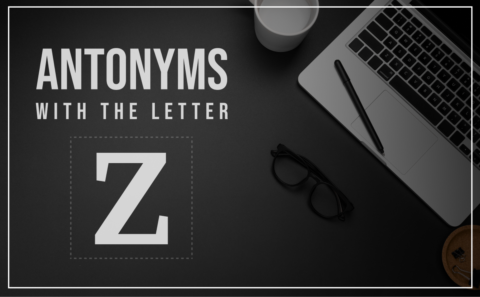Welcome to the world of sonnets! This blog will guide you through different types of sonnet, their rhyme schemes, and how they’ve evolved over time.
What is a Sonnet?
Sonnet is a lyric poem that consists of a single stanza of fourteen lines. These lines are in iambic pentameter linked by an intricate rhyme scheme.
The following are the patterns of rhymes in sonnets written in the English language:
Petrarchan Sonnet
It is named after the fourteenth-century Italian poet Petrarch.
The sonnet is divided into two main parts: an octave and a sestet. Octave contains eight lines with the rhyme abbaabba. Sestet has six lines with the rhyme cdecde.
When I consider how my light is spent,
Ere half my days in this dark world and wide,
And that one talent which is death to hide
Lodged with me useless, though my soul more bent
To serve therewith my Maker, and present
My true account, lest He returning chide;
“Doth God exact day-labor, light denied?”
I fondly ask. But Patience, to prevent
That murmur, soon replies, “God doth not need
Either man’s work or His own gifts. Who best
Bear His mild yoke, they serve Him best. His state
Is kingly: thousands at His bidding speed,
And post o’er land and ocean without rest;
They also serve those who only stand and wait.”
(“When I Consider How My Light is Spent” by John Milton, 1600s)
Rhyme scheme ABBA ABBA CDE CDE
Shakespeare Sonnet
The sonnet has three quatrains and a concluding couplet. It was found in the sonnets of William Shakespeare, hence the name.
Two households, both alike in dignity,
In fair Verona, where we lay our scene,
From ancient grudge break to new mutiny,
Where civil blood makes civil hands unclean.
From forth the fatal loins of these two foes
A pair of star-cross’d lovers take their life;
Whose misadventured piteous overthrows
Do with their death bury their parents’ strife.
The fearful passage of their death-mark’d love,
And the continuance of their parents’ rage,
Which, but their children’s end, nought could remove,
Is now the two hours’ traffic of our stage;
The which if you with patient ears attend,
What here shall miss, our toil shall strive to mend.
(Romeo and Juliet by William Shakespeare, 1594)
Rhyme scheme ABAB CDCD EFEF GG
Spenserian Sonnet
The sonnet has three quatrains and a concluding couplet. The sonnet is named after Edmund Spenser, a famous English poet of the sixteenth century.
One day I wrote her name upon the strand,
But came the waves and washed it away:
Again I write it with a second hand,
But came the tide, and made my pains his prey.
Vain man, said she, that doest in vain assay,
A mortal thing so to immortalize,
For I myself shall like to this decay,
And eek my name be wiped out likewise.
Not so, (quod I) let baser things devise
To die in dust, but you shall live by fame:
My verse, your virtues rare shall eternize,
And in the heavens write your glorious name.
Where whenas death shall all the world subdue,
Our love shall live, and later life renew.
(“Amoretti #75” by Edmund Spenser, 1594)
Rhyme scheme ABAB BCBC CDCD EE
Modern Sonnet
In the 20th century, poets like Robert Lowell, Millay, and W.H. Auden started experimenting and creating their own variations of sonnets. Several modern poets have written inverted sonnets wherein the sestet precedes the octave. They also experimented with unrhymed sonnets and with sonnets of unusual rhyme schemes.
One foot down, then hop! It’s hot.
Good things for the ones that’s got.
Another jump, now to the left.
Everybody for hisself.
In the air, now both feet down.
Since you black, don’t stick around.
Food is gone, the rent is due,
Curse and cry and then jump two.
All the people out of work,
Hold for three, then twist and jerk.
Cross the line, they count you out.
That’s what hopping’s all about.
Both feet flat, the game is done.
They think I lost. I think I won.
(“Harlem Hopscotch” by Maya Angelou, 1971)
Rhyme scheme AABB CCDD EEFF GG








